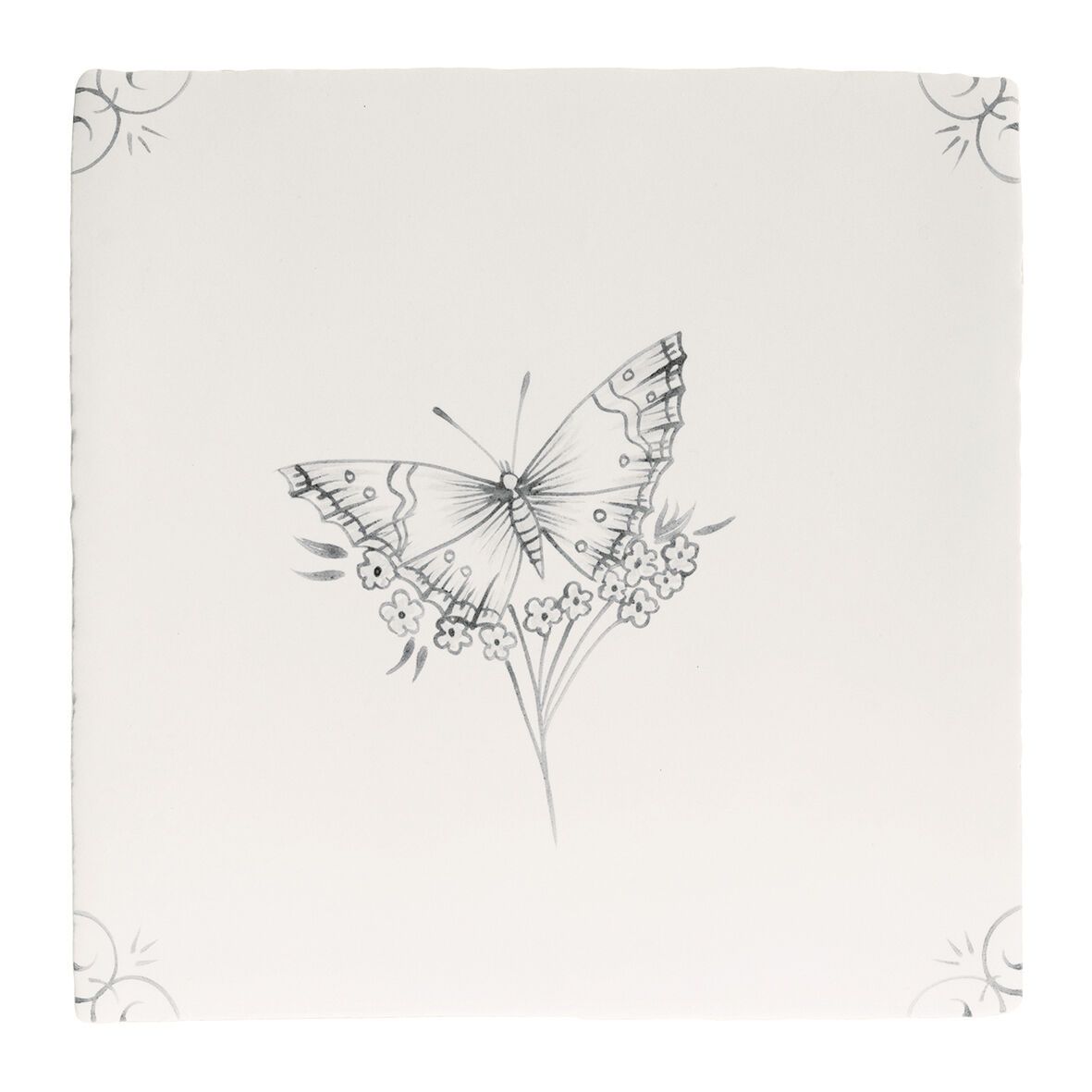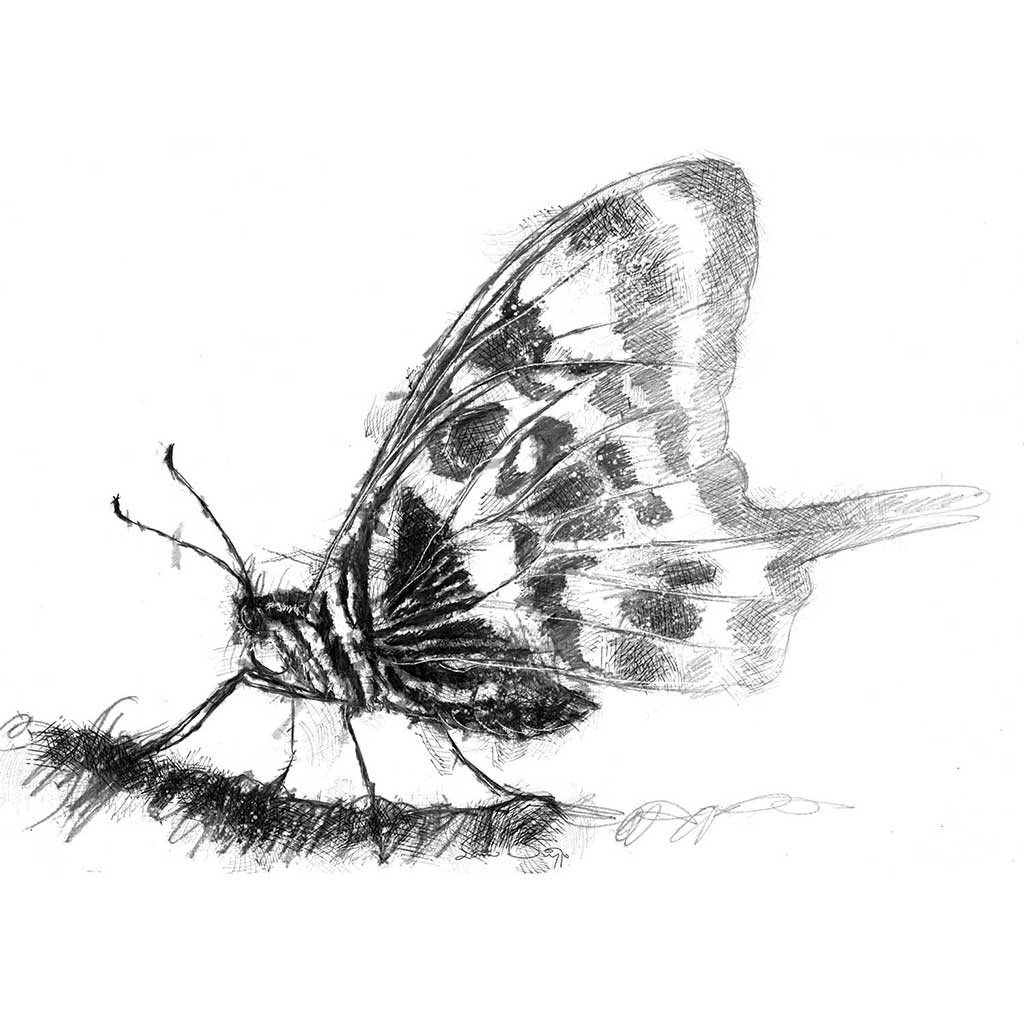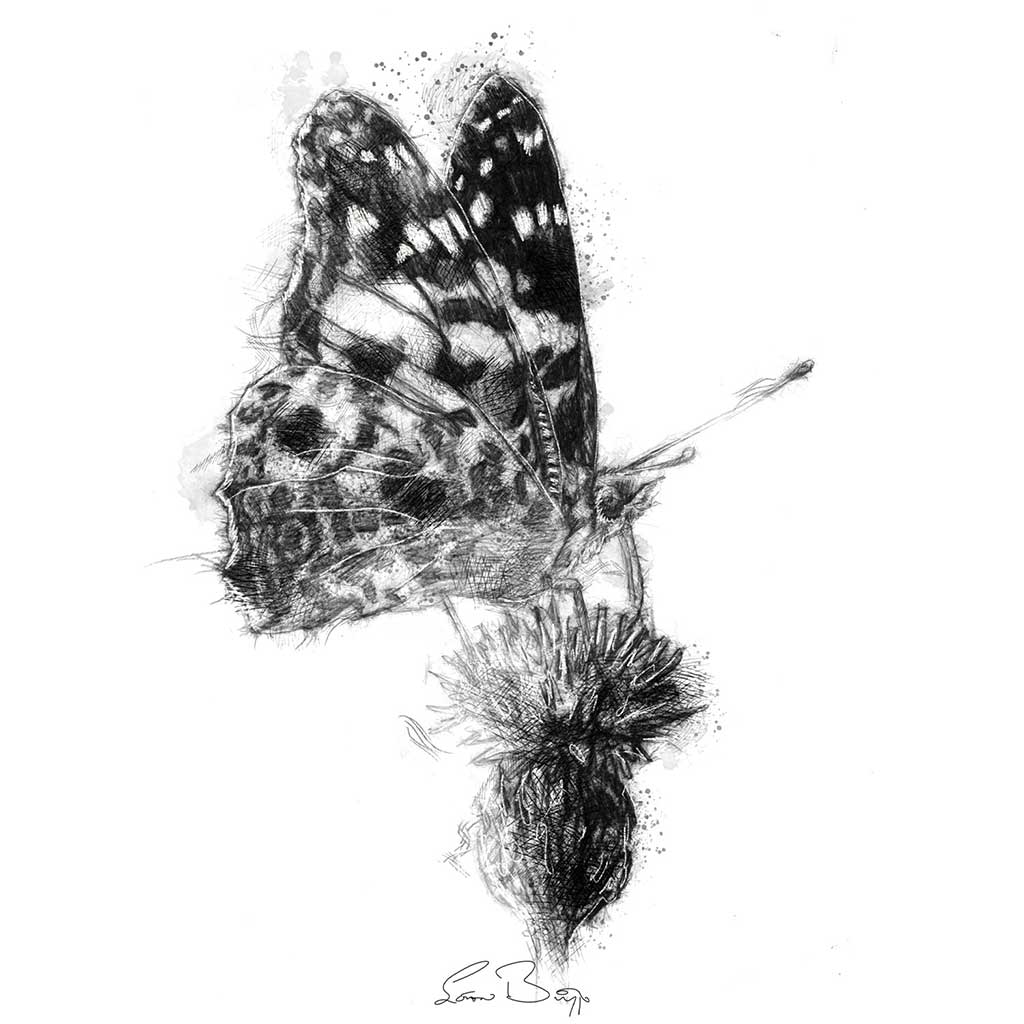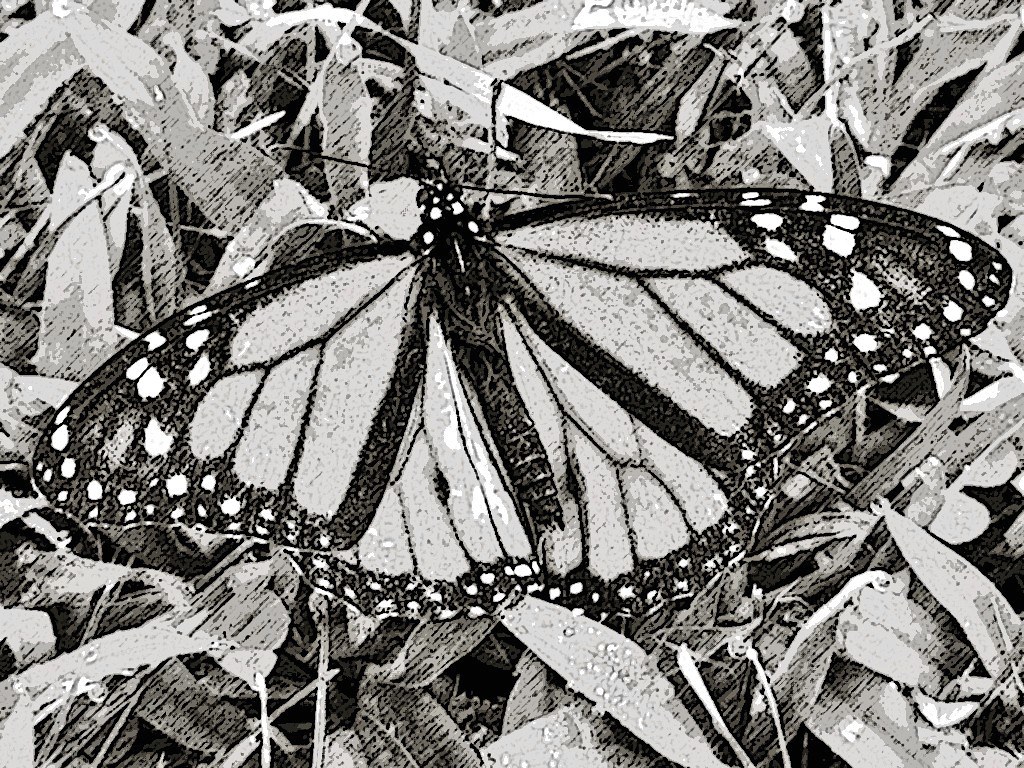The subtle art of capturing the grace and beauty of butterflies in art is a rewarding endeavor for artists of all levels. Utilizing charcoal’s unique properties, artists can create striking images that showcase the delicate intricacies of these creatures. Mastering the use of contrast in butterfly charcoal drawings not only enhances artistic skills but also breathes life into the artwork. This comprehensive guide will highlight techniques for composition and sketching, contrast and texture creation, refinement and detail enhancement, as well as care for charcoal drawings, positioning you to create beautiful butterfly artistry with confidence.
Setting up Your Canvas and Composition
Choosing Your Materials
Before beginning your charcoal drawing, it’s essential to select the right tools. For butterfly drawings, a fine-toothed paper ensures delicate shading while providing enough tooth to hold the charcoal. Opt for a range of charcoal types from hard pencils for fine lines to soft sticks for deeper blacks. Don’t forget blending tools like stumps and tissues and erasers for highlights and corrections.
Planning Your Butterfly Composition
Start with a light sketch using the hard charcoal pencil, emphasizing the basic shapes and margins. Consider your light source direction, butterfly position, and how it will interact with the imaginary environment on your canvas. Keep the composition balanced, leaving space for the wings to feel as though in mid-flight. Use gentle strokes to avoid deep indentations on the paper that could later hinder shading and blending.

Building Contrast and Texture
Applying the Base Layers
Employ soft charcoal to block in the main areas of shadow, using your fingers or blending stump to smooth out rough patches. The soft charcoal provides the depth needed for dark areas, establishing the base tone for your butterfly. Keep areas that will remain light untouched or very lightly shaded, as they will serve as a guide for maintaining contrast.
Enhancing Contrast and Dimension
Boost contrast by reinforcing the darkest areas, such as the body of the butterfly, wing undersides, or shadowed portions of the pattern. Use a softer charcoal stick or block for this task. Blend outwardly to create a gradation effect that will give volume and depth to the butterfly’s wings and body. Always step back from your drawing to assess the contrast; optimal distance can give a better overall view of your work.
Refining the Drawing and Adding Details
Sketching Fine Details
With the primary contrasts set, return to the drawing with a hard charcoal pencil to etch in details such as the veining of the wings, scales, and any intricate patterns unique to your butterfly subject. Create thin lines and textures that follow the form and curvature of the wings to maintain a natural appearance.
Precise Contrast Adjustment
To finalize the drawing’s realism, use an eraser to pull out highlights, like the subtle glisten on wing edges or reflective eyes. Be deliberate and careful, as the details added in this stage can have a significant impact on your drawing’s perception of reality and depth. Adjust darker areas as necessary to complement the highlights you introduce, maintaining a harmonic contrast throughout.

The Finishing Touches and Presentation
Examining and Adjusting the Overall Image
Once you’ve added all the details, inspect your work as a whole. Make sure the darkest darks situate well against the lightest lights to give your butterfly drawing life. Balance out any portions that seem out of sync with the overall contrast. It’s often the fine-tuning in this stage that elevates a drawing from good to exceptional.
Preparing Your Drawing for Display
When fully satisfied with your creation, it is crucial to preserve the drawing. Fixative spray will prevent the charcoal from smearing and protect the details of your work. Frame your artwork behind glass to safeguard it further, and be sure to mat it to keep the charcoal from directly contacting the glass.

Care and Maintenance of Charcoal Drawings
Long-term Preservation
Over time, charcoal drawings can become smudged or fade if not properly taken care of. Avoid touching the surface of your artwork, and always transport it face-up and protected. Pay attention to humidity levels where your drawing is displayed or stored, as moisture can cause the paper to warp or the charcoal to smear.
Curating a Charcoal Art Collection
If you plan to create a series of butterfly charcoal drawings, consider the coherence among the pieces in terms of style, contrast, and framing for a visually consistent collection. Displaying them together can create a stunning visual impact in any art portfolio or gallery context.

Enhancing Your Technique Through Practice
Regular Practice to Hone Skills
The journey to becoming adept at charcoal butterfly drawings is paved with consistent practice. Set aside dedicated time each day or week to sketch different species of butterflies, focusing on various poses and angles. This repetition will not only help in perfecting proportion and structure but also in understanding how to manipulate contrasts to instill a more dynamic quality into your art. Experiment with different charcoal grades to see how they affect the texture and depth of your drawings.
Experimentations for Creative Discovery
Don’t be afraid to experiment with unconventional techniques or surfaces. Charcoal is a versatile medium, and you may find that working on toned paper or incorporating other mediums like pastels or white charcoal can introduce new dimensions into your work. Through experimentation, you will learn which methods work best for you and how to push the boundaries of your artistic expression.
Connecting with the Art Community
Sharing and Receiving Feedback
Art thrives on community and sharing your charcoal butterfly drawings can open up opportunities for feedback that could greatly improve your skills. Joining local art groups, participating in online forums, or attending workshops and art classes allows you to learn from the techniques of others and gain constructive criticism that can refine your artistic approach.
Collaborating for Growth and Inspiration
Consider engaging in collaborations with other artists. This can not only broaden your exposure to different styles and techniques but also inspire new subject matter or compositions you might not have considered before. Collaborative projects can challenge your creative boundaries and foster growth as an artist.
Mastering contrast in butterfly charcoal drawings enriches an artist’s journey. It sharpens observation skills and technical proficiency. Understanding the play of light and shadow is crucial. Transforming this interplay into the velvety texture of charcoal is key. Refining the beauty of the butterfly form is essential. Artists can unlock the full narrative potential of these creatures. With practice and attention to detail, drawings elevate. They go from simple sketches to artworks full of life and depth. These artworks captivate all viewers.